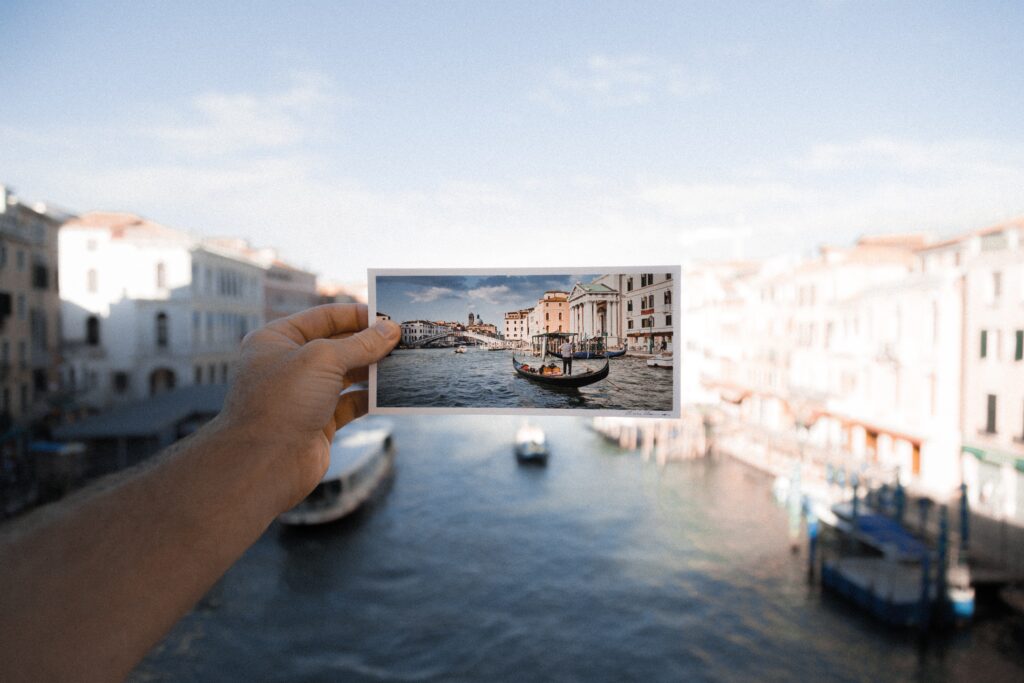The Essence of Travel Photography
Travel photography is all about capturing the essence of a place, its people, and its culture. It’s not just about taking pictures; it’s about telling a story through visuals. Each photograph should transport viewers to that specific location and evoke emotions, making them feel like they are right there with you.
Benefits of Being a Travel Photographer
Being a travel photographer offers a unique set of advantages. You get to explore new places, meet interesting people, and immerse yourself in different cultures. Your photographs can serve as a personal diary of your journeys, and you can even make a living from selling your travel photos or working with travel-related businesses.
Equipment Essentials
To start your journey in travel photography, you’ll need the right Travel Equipment. Invest in a good-quality camera and lenses. A tripod, extra batteries, and memory cards are also essential. Don’t forget lens filters, a sturdy camera bag, and cleaning equipment to keep your gear in top shape.
Preparing for the Journey
- Research and Planning: Before you embark on a trip, thorough research and planning are essential. Study the location, its landmarks, and its culture. Identify the best times for photography, taking into account weather conditions and local events. Planning helps you make the most of your time and opportunities.
- Packing Your Gear: Pack your camera and accessories carefully. Ensure you have all the necessary gear, including chargers and adaptors. Traveling light is ideal, but don’t compromise on essential items. Consider a waterproof camera bag to protect your equipment in various conditions.
- Understanding Local Cultures: Respect and understanding are key when capturing the cultures and traditions of the places you visit. Learn about local customs, be polite, and ask for permission before photographing people. This not only ensures ethical photography but also leads to more authentic and captivating images.
Capturing the Moment
- Finding the Perfect Shot: Exploration is at the heart of travel photography. Be curious and open to new experiences. Seek out unique angles and viewpoints to create photographs that stand out. Sometimes, the best shots are found in unexpected places.
- Mastering Composition: Composition is the art of arranging elements in your frame. Use techniques like the rule of thirds, leading lines, and framing to create visually appealing photos. Experiment with different compositions and perspectives to tell your story effectively.
- Playing with Light: Light is a photographer’s best friend. Understand how to work with natural light, as it can significantly impact the mood and quality of your photographs. Master techniques like golden hour and blue hour photography for stunning results.
Post-Processing Magic
- Editing Your Photos: Post-processing is where you can enhance and refine your images. Use editing software like Adobe Lightroom or Photoshop to fine-tune colors, contrast, and sharpness. But remember, subtlety is key. Don’t overdo it; your goal is to enhance, not completely alter your photos.
- Preserving Memories: Consider creating a travel photo book or an online gallery to showcase your work. These platforms allow you to tell the story of your travels in a visually engaging way. Share your experiences with others and keep your memories alive.
Tips and Techniques
- Working with People: When photographing people, establish a connection and capture their emotions. Candid shots often convey more genuine moments than posed ones. Remember to respect their privacy and culture, and ask for permission when necessary.
- Landscape Photography: Landscape photography is about capturing the grandeur of natural landscapes. Use wide-angle lenses and look for compelling foreground elements. Pay attention to the rule of thirds and the quality of light to create breathtaking landscapes.
- Street Photography: Street photography is all about capturing the daily life and essence of a place. Blend in with the environment, and be ready to capture fleeting moments. Focus on the details and unique stories found in the streets.
Travel photography is a fantastic way to explore the world and share your adventures with others. It’s not just about taking pictures; it’s about creating a visual diary that tells a compelling story. With the right equipment, planning, and techniques, you can become a skilled travel photographer and make the most of your journeys. So, grab your camera, start your adventures, and capture the world in your unique way.
FAQs
- What’s the best camera for travel photography? The best camera for travel photography depends on your budget and preferences. Some popular options include DSLR and mirrorless cameras from brands like Canon, Nikon, and Sony.
- How can I improve my composition skills in travel photography? To improve your composition skills, study photography books and online resources, practice regularly and analyze the work of renowned photographers. Joining a photography club or taking courses can also be beneficial.
- Are there any specific tips for photographing in challenging lighting conditions? In challenging lighting conditions, consider using a tripod, adjusting your camera settings, and experimenting with long exposures or flash. Additionally, you can shoot during the golden and blue hours for softer, more pleasing light.
- How can I sell my travel photos? You can sell your travel photos through stock photo websites, create your own website or portfolio, or collaborate with travel-related businesses such as magazines, tour companies, or travel agencies.
- Is it necessary to post-process travel photos? Post-processing is not mandatory, but it can significantly enhance the quality of your images. It allows you to correct exposure, color balance, and sharpness while adding your unique touch to the photographs.

